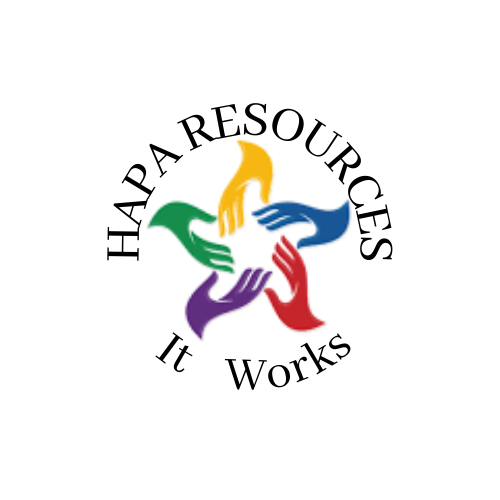For many of the poor people of Kira, Wakiso District and its surroundings, access to public education and health services is a privilege and not a necessity because of a lack of accessible public education spaces and affordable healthcare facilities. Geographically Kira Municipality is located in Wakiso District, Central Uganda Buganda Region approximately 10kms from Kampala City the Capital of Uganda, with an estimated population of 462,900 people. This accounts for an average population growth rate of 6.68 percent annually, between 2014 and 2020 according to Uganda Bureau of Statistics.
Urbanization and increasing populations in Kira have resulted in many social and economic challenges among the disadvantaged people: the urban slum poor who call the informal communities, home. Some of the common challenges faced by vulnerable communities include a lack of access to affordable primary care services, poor economy, high unemployment rates, and limited economic resources, low education or health literacy levels; and environmental challenges, which include unsafe public water sources, poor waste disposal, among others.
It is from that background that Kira Concerns seeks to establish a community center intended to contribute towards positive development to address some of the health and education challenges related to urban development in Kira Municipality.
Our Idea
Hapa Resources is partnering with Kira Concerns to undertake a 5-year initiative dedicated to addressing some of the identified community needs in Kira Municipality. Upon completion of the project, the proposed space will accommodate a medical facility, library, resource center, and recreational ground. The initiative has set aside 4 Acres of land for this social cause and is currently seeking community development partnerships in order to continue with on-going project activities.
Our Goal
Our goal is to establish an initiative that contributes to development by implementation of efficient community programs in the areas of health and education at the local level, based on identified population needs and an active participatory approach.
- To establish a community space that offers educational opportunities and activities to children and youth thereby impacting on their long term educational outcomes.
- To improve the health care of the local population of Kira and its surroundings by setting up and operating a well-equipped medical care centre.
- Delivering initiatives that meet the health and livelihoods needs of the public through community outreaches and public health programs.
- To build South/South and North/South partnerships for project development in the areas of health and education.
The project will be divided into two phases which will spread over the 5 years starting in 2024 while the last two can overlap during implementation.
Construction
Project implementation is expected to continue from 2024 with the library/community centre building, followed by acquisition and installation of equipment. As indicated above, implementation strategy will be influenced by availability of funds and project partners.
Project details
Medical Facility
The medical facility will deliver; primary care, obstetric care, emergency department and observation care, prenatal care, transportation, diagnostic services and a robust referral structure to provide all individuals in the community with access to the full spectrum of health care services.
It will contribute towards neonatal and maternal health through improved health outcomes by providing prenatal screening, clean, safe deliveries and post-delivery care for mothers and infants. Our idea is to deploy a smaller, lower cost, fast-build option designed to provide maternity services in underserved areas.
The Community Center
The Center will deliver a community-centered library, a main hall which serves as an informal meeting space, a business corner for entrepreneurs and start-ups and an IT hub. Some of the anticipated programs and services include community awareness and outreach, educational programming, social business development, library and adult literacy.
The community resource center will be constructed in five phases.
Phase I: Excavation and foundation work. This stage of works is complete with the foundation block already in place.
Phase II: All building work to erect the structure and involves block and roof work.
Phase III: This consists of metal work, pointing, plumbing, plastering, and electrical works.
Phase IV: Consists of the interior and exterior and finishings.
Phase V: This will involve undertaking the different furnishings and fitting of the various sections of the resource center. A mobilization strategy has been developed in order to ensure availability of resources within the community center.
